A few weeks ago Lotus Cars announced that it would be bringing out an all-new all-electric hypercar to market. We covered that story with the teaser image sent out by the company at the time. This week the British sportscar manufacturer pulled the covers off the Lotus Evija. In case you are wondering: Evija (pronounced ‘E-vi-ya’) means ‘the first in existence’ or ‘the living one’.
First of
Lotus Evija is a first for the sportscar maker with a long history of Formula One and sportscars in its past. It is the first all-electric model from the manufacturer and the first produced under new owners Geely. Lotus will be competing with the likes of the Rimac C_Two and Pininfarina Battista in this new all-electric hypercar space. A maximum of 130 examples will be hand-built in the UK and sold from £1,7m. A £250 000 deposit secures a production slot. You can place your order here.
Electric power
Powering the Lotus Evija is an all-electric powertrain developed with technical partner Williams Advanced Engineering, also of F1 fame. The battery pack is mid-mounted behind the seats and supplies energy to four powerful motors. Lotus are targeting a weight of just 1 680 kg, making it the lightest pure-electric hypercar in series production.
Lotus says that the Evija will produce 1 472 kW (2 000 PS) and 1 700 N.m of torque. This will give it a 0-100 km/h time of sub-3 seconds and a top speed over 340 km/h. The company is also aiming for a range of 400 km. Lotus says it’ll take less than nine seconds to reach 300 km/h.
In his own words
At the unveiling of the Lotus Evija, Russell Carr, design director, Lotus Cars, said of this dramatic-looking model: “We studied how Le Mans race cars use airflow creatively to go over, under and around the vehicle, but also through it. This concept of ‘porosity’ is key to the Evija and has enabled us to create a timeless design with exceptional amounts of downforce.”
The motorsport inspiration can be clearly seen in the Venturi tunnel which is inspired by Le Mans racecars, they optimise airflow by directing it through the bodyshell. Another example of the cars aerodynamic system is the bi-plane front splitter. It was designed in three sections, the larger central area provides air to cool the battery pack. The rear spoiler can move from its resting position flush to the upper bodywork, similar to an F1-style Drag Reduction System (DRS).


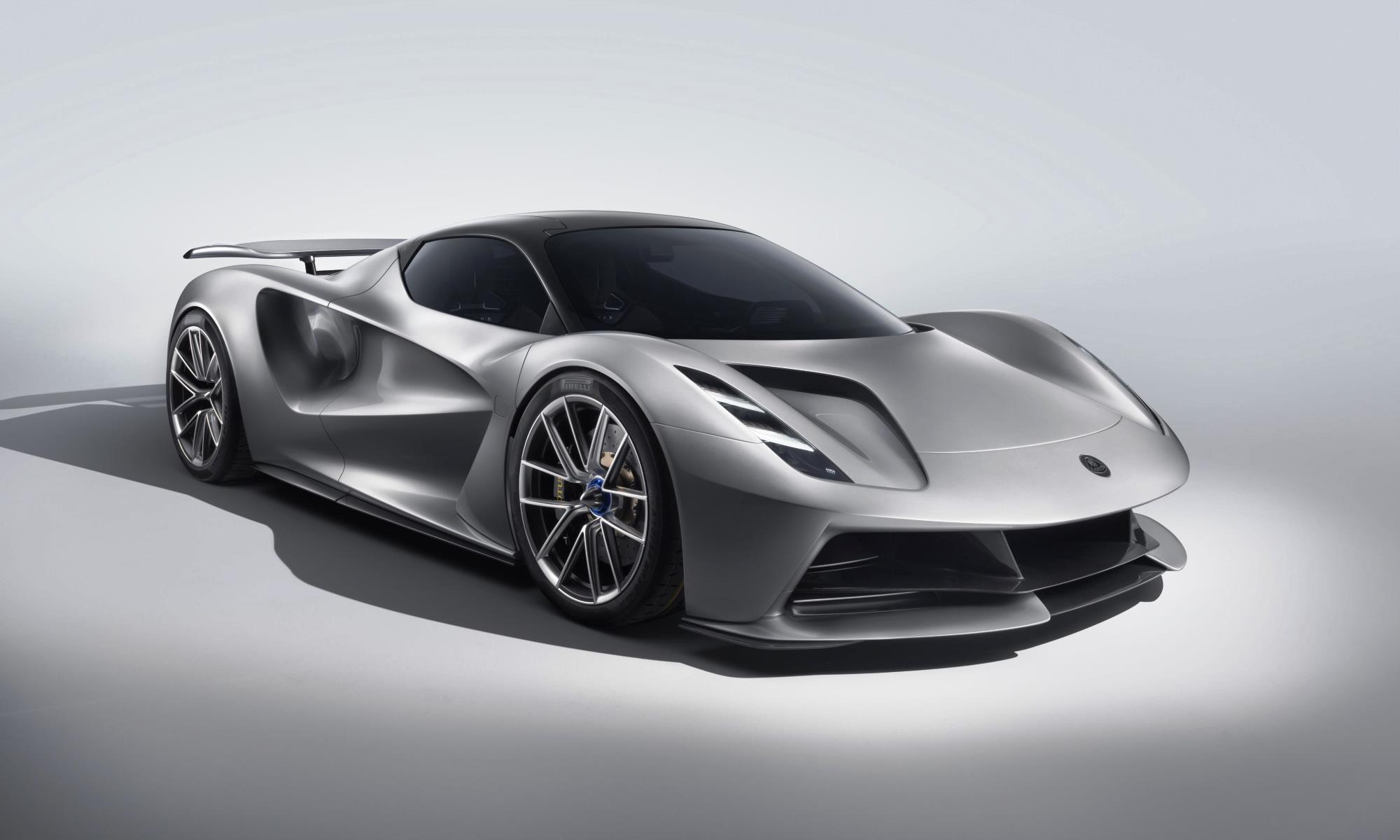
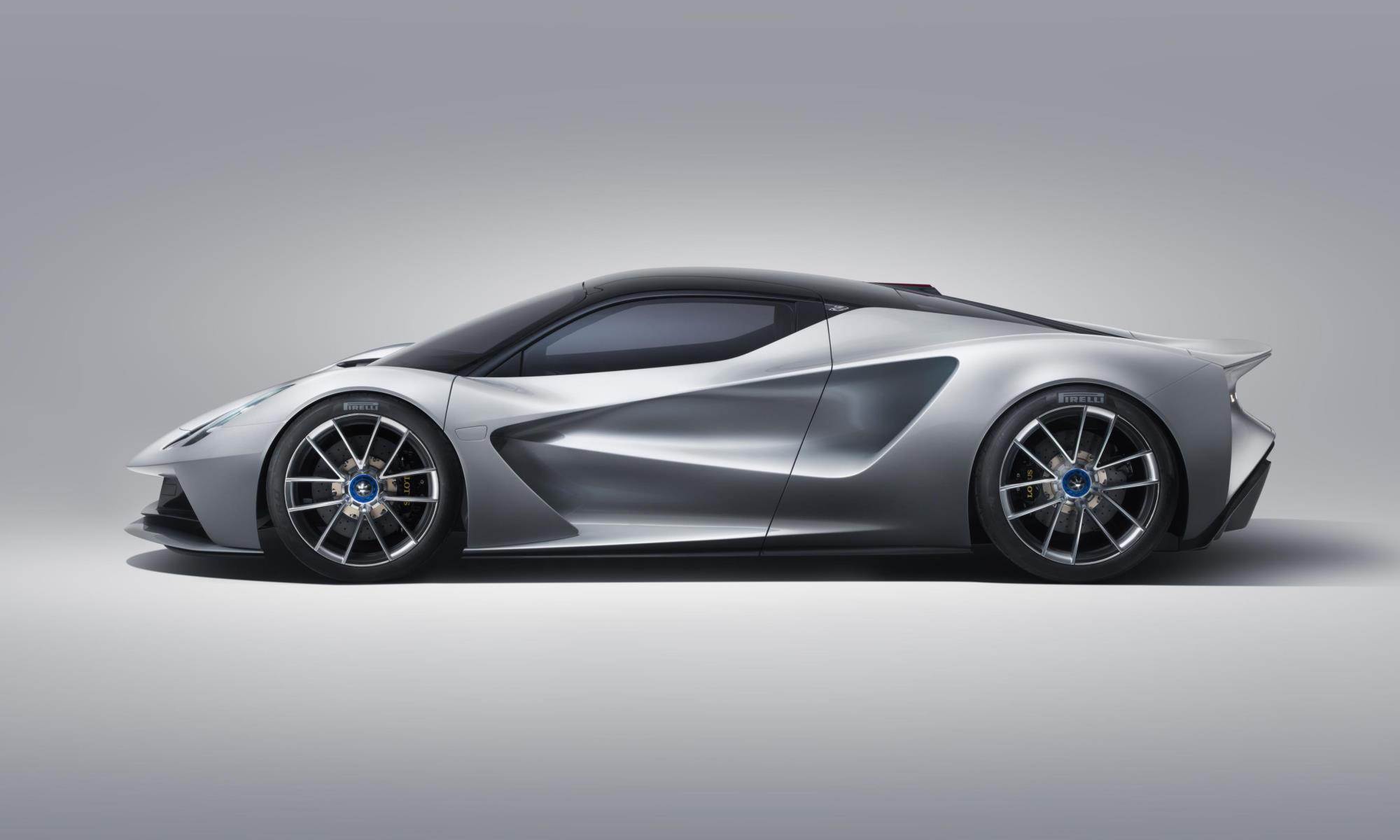
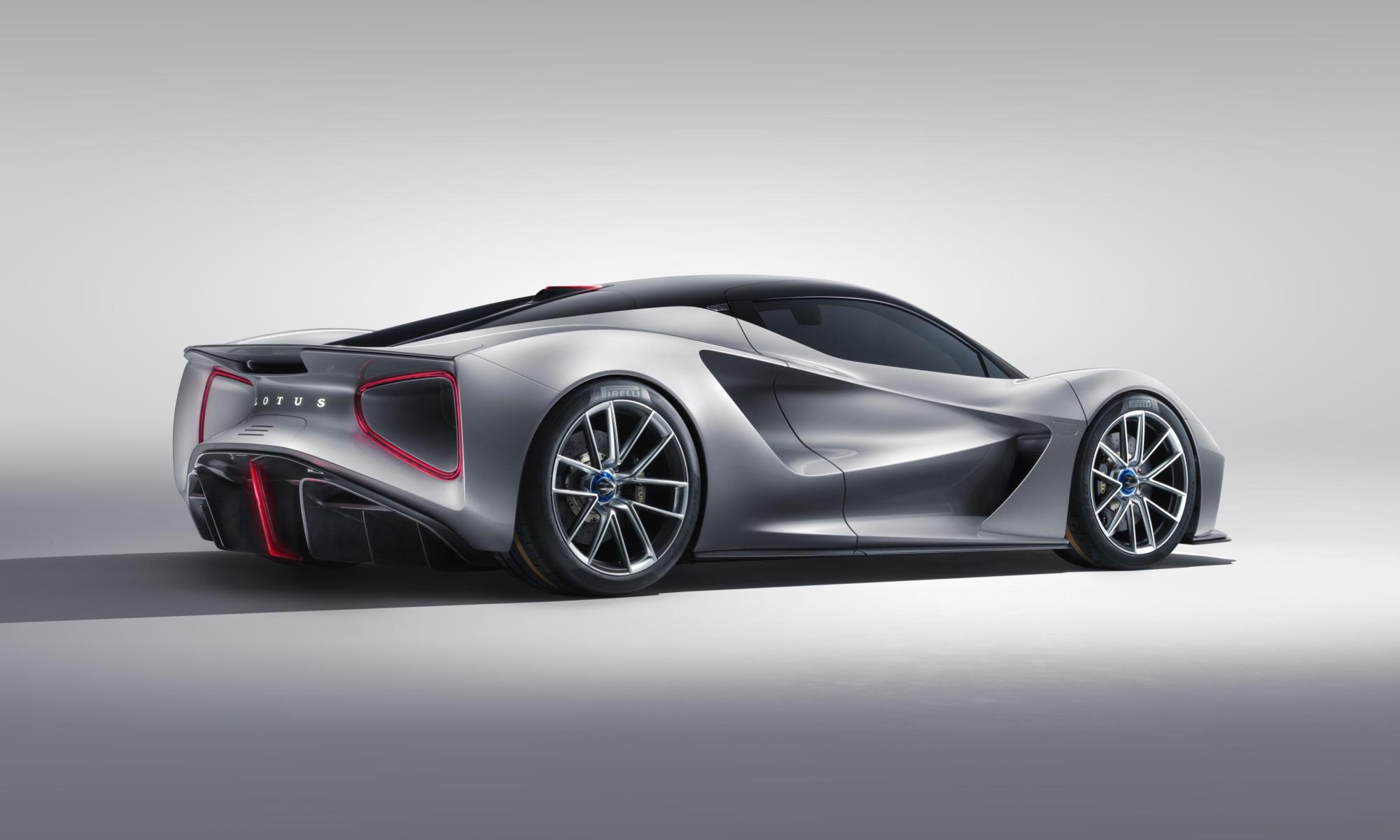
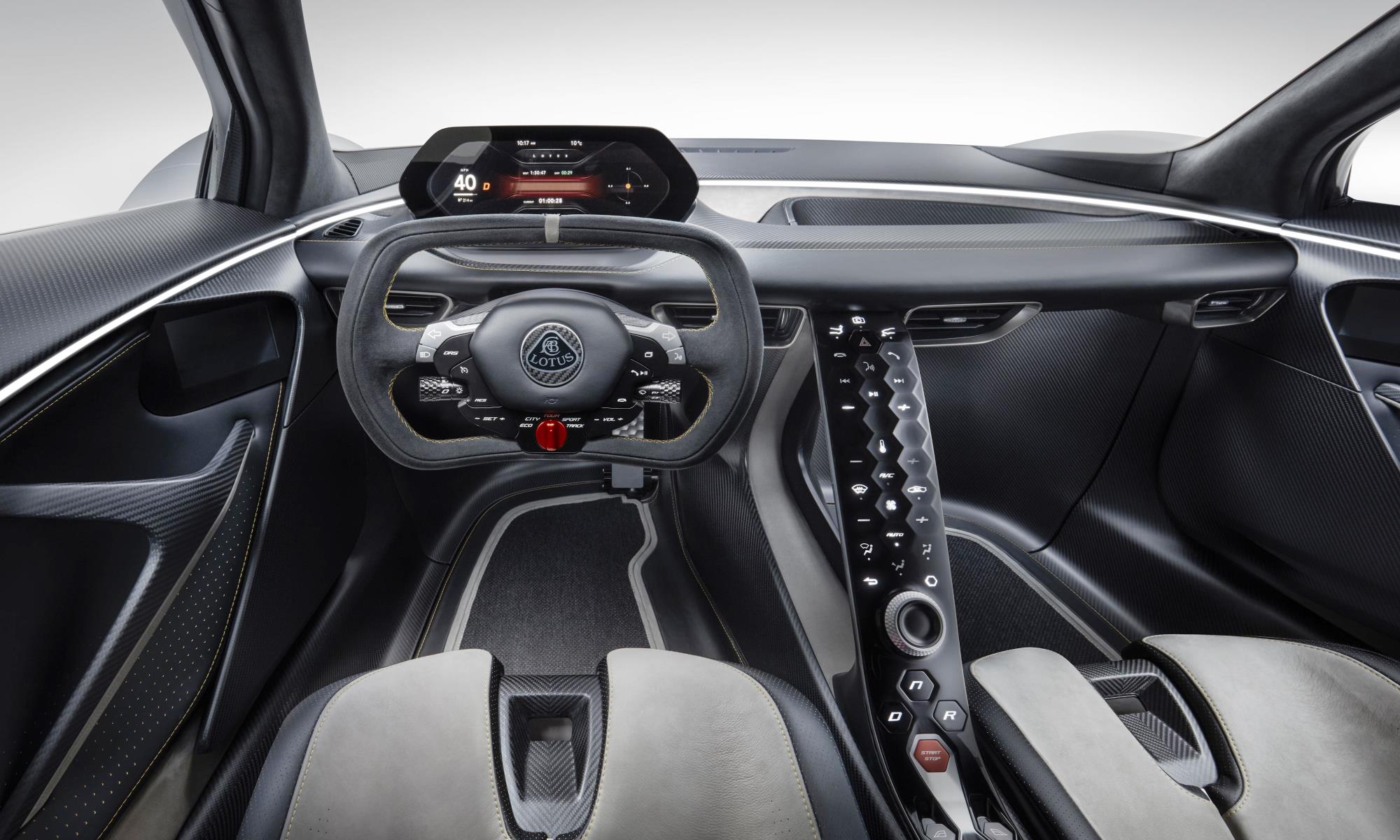
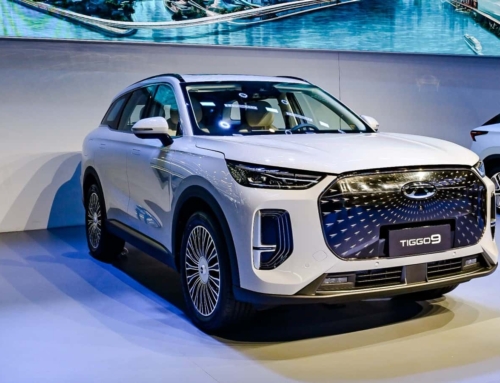
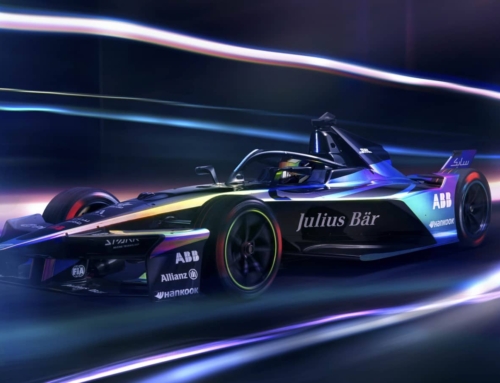

![Hyundai Brings Full ICE Experience to Ioniq 5N EV [video]](https://doubleapex.co.za/wp-content/uploads/2024/04/Hyundai-Ioniq-5-N-1-1-500x383.jpg)
Leave A Comment